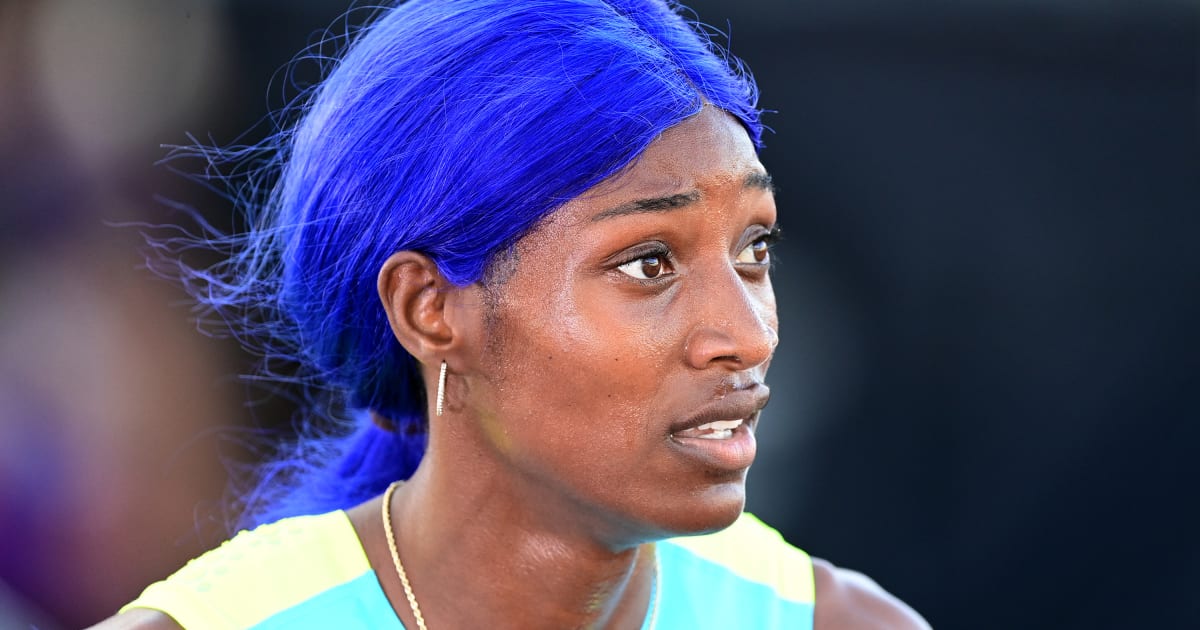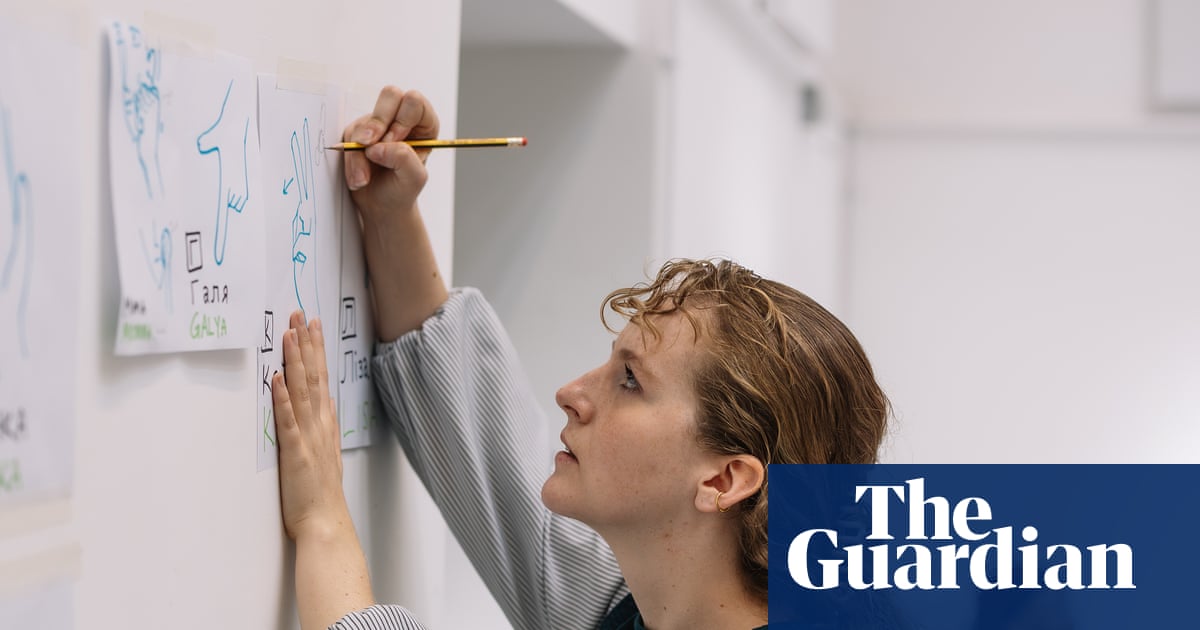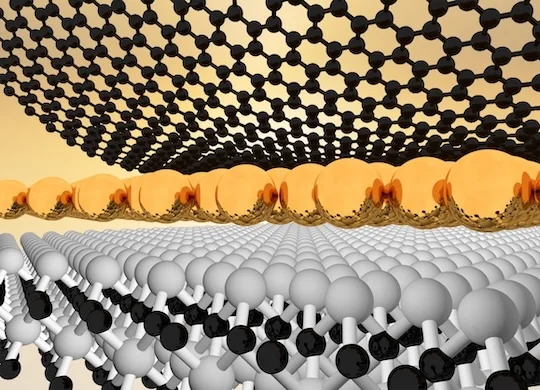Retraction rates are not equal across male and female leading and corresponding authors.
New data from researchers in the UK and China suggest that male authors retract more than their female colleagues.
“Our research provides policymakers across all countries and disciplines with an understanding of the current situation of retractions from a gender perspective,” Er-Te Zheng, PhD researcher at the University of Sheffield and lead author of the study, told Technology Networks. “This can help them develop targeted measures based on the actual retraction realities of different genders, encouraging scholars of all genders to engage in fewer instances of academic misconduct.
The gender gap in science’s “dark side”
Much of the existing research on gender differences in science has focused on the “bright side” of research, such as publication counts, citation impact, grant success rates and career advancement, Zheng observed. Meanwhile, “research on the ‘dark side’ of science – particularly in areas such as retractions and scientific misconduct – remains scarce,” he said.
Retraction rates have rapidly increased over recent years. Perhaps this reflects a rise in misconduct, or the fact that scientists and journals have simply become more aware of – and proactive against – flawed practices that have long existed.
Research on rising retraction rates has examined factors like career pressures, paper mills and the “publish or perish” culture. Few studies have explored links between gender and retraction.
“Existing studies in this area often rely on only a few hundred or thousand retracted articles for case analysis, typically finding that male researchers account for a higher proportion of authors in these retraction samples,” Zheng explained. However, male researchers typically publish more papers than their female peers, ergo a higher number of retractions from male authors doesn’t necessarily point to a higher level of misconduct by men.
What is a retraction in academic publishing?
A retraction in academic publishing occurs when a journal or researcher declares a paper so flawed that its conclusions are unreliable, effectively removing it from the scholarly record.
Zheng and colleagues’ study introduced, for the first time, the concept of a retraction rate, and the male-to-female retraction ratio, to assess gender differences in retractions using more precise indicators and a big-data perspective.
“Our approach incorporates both retracted and non-retracted publications for male and female researchers, enabling us to calculate the ratio of the number of retracted articles authored by a gender to the total number of articles authored by that gender (retraction rate), and the ratio of male-to-female retraction rates,” Zheng explained.
“This allows us to more accurately assess the actual extent of gender differences in retractions, rather than relying solely on the raw counts of retracted papers.”
Global study reveals gender gaps in retraction rates and reasons
Research papers published from 2008–2023, including over 10,000 retracted articles and almost 20 million non-retracted articles, were included in the study. “We obtained data on retraction reasons from the Retraction Watch database, which is widely recognized as the most comprehensive repository of retracted articles,” said Zheng.
The Retraction Watch Database utilizes a highly detailed classification system for documenting retraction reasons, which comprises 111 categories. “Drawing on the detailed descriptions provided by the Retraction Watch, as well as prior research on retraction reason classification, we refined these into nine overarching categories: Mistakes, fabrication/falsification, duplication, plagiarism, ethical issues, authorship issues, single reason, multiple reasons and reasons uncategorizable or not available.”
Gender differences in retractions across scientific disciplines and countries were also assessed.
Overall, retraction rates were higher in men than women, whether analyzing first authors or corresponding authors.
Male first authors had significantly higher rates for almost all retraction reason categories except for “mistakes” where no gender differences were observed. Male first authors have much higher retraction rates for “plagiarism” and “authorship issues” compared to female first authors.
Gender differences in retractions across scientific disciplines and countries were also assessed.
Male authors had higher retraction rates in the biomedical and health sciences, while female authors had higher retraction rates in mathematics and computer science.
Men had a higher retraction rate than women in countries such as the US, Pakistan and Iran. In contrast, women had higher retraction rates in Italy and China. However, many Chinese names are hard to classify by gender from English transliterations, making China’s findings subject to further validation.
Why are men’s papers retracted more often?
Why are male authors’ papers being retracted more than females? Though Zheng and colleagues cannot say for certain, they propose two hypotheses.
The first is that men may simply be more likely to engage in scientific misconduct.
“Psychological research has shown that men, on average, are more prone to risk-taking in areas such as driving and financial decisions, which may extend to academic behavior,” Zheng said. “From an evolutionary perspective, this pattern may be partly attributable to men’s higher tolerance for potential harm and greater expectation of rewards, which may make risky actions – such as scientific misconduct – more appealing.”
Male misconduct may also be more likely to be detected. “Not all wrongdoing comes to light, especially subtle forms like data falsification. But higher visibility of male researchers could increase the likelihood that their misconduct is uncovered, contributing to the higher observed retraction rates,” Zheng continued.
Ultimately, future research adopting mixed methods approaches – collecting both quantitative and qualitative data – will be needed to establish the validity of these hypotheses. In turn, this could help identify solutions to misconduct issues.
“This could include in-depth interviews with researchers who have experienced retractions, surveys that gauge attitudes toward research integrity across different career stages and disciplines and focus groups that examine how factors such as academic culture, competitive pressures and gender role expectations shape behavior,” said Zheng.
“Importantly, although we found higher retraction rates among male researchers, our message applies to everyone: it’s always better to publish modest but honest results than to have a paper retracted for scientific misconduct,” he concluded.
Reference: Zheng ET, Fu HZ, Thelwall M, Fang Z. Do male leading authors retract more articles than female leading authors? JOI. 2025;19(3):101682. doi: 10.1016/j.joi.2025.101682
About
the interviewee:
Mr. Er-Te Zheng is a PhD researcher at School
of Information, Journalism and Communication, University of Sheffield. He is
currently conducting research in metascience, the
science of science, scientometrics and research integrity.







